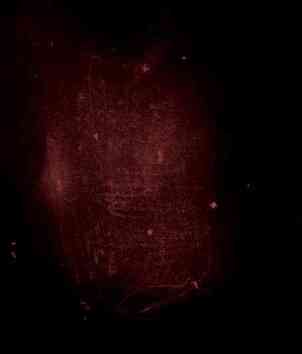
|
| a. GLOWS |
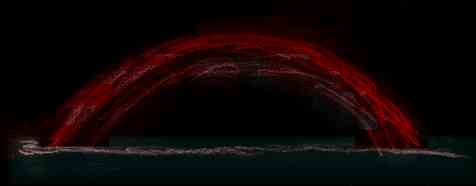
|
| b. ARCS |
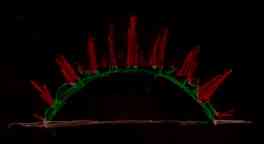
|
| c. ARCS WITH RAYS |
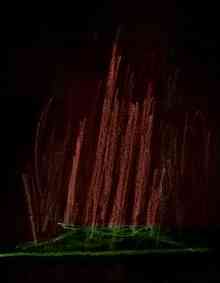
|
| d. RAYS |
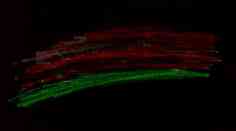
|
| e. BANDS (RAY PARTS) |
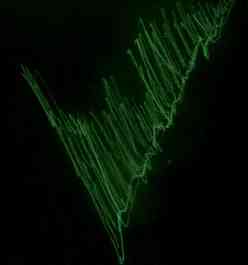
|
| f. DRAPERIES |
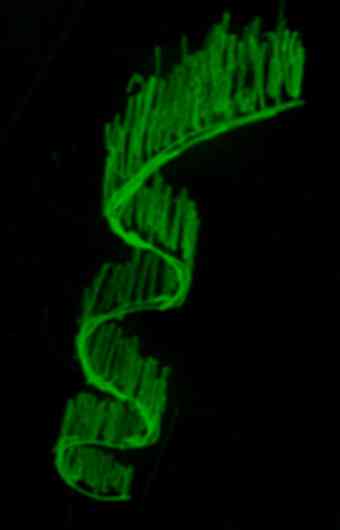
|
| g. DRAPERIES (RIBBONS) |
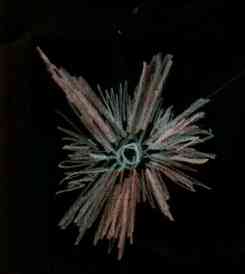
|
|
h. CORONAS (At Magnetic Zenith) |
Appearances and colours seen in auroral outbreaks vary significantly in shape, intensity and duration. Most common aurora will just appear as simple homogeneous coloured glows. These commonly resembling a ‘false dawn’ towards the southern horizon. Many of these types are either whitish-green or reddish in colour that vary in intensity over time. Typically they will cover the sky as a small curved arc towards or along the southern horizon. Sometimes these glows can appear bright enough to cast colour and shadows across ground. Such bright reddish glows are sometimes mistaken by the general public as fires, and many calls are made to the local Fire Brigade. In 1983, the aurora in Sydney did exactly that.
Faint glows are also sometimes seen, but are normally missed unless they are actually being purposely sort. Frequently, these glows vary in their intensity over period of several minutes to about half-an-hour, though a number of peaks in brightness can occur over the duration of the display.
Glows sometimes are precursors to more active aurora, that is either further south or of increased activity. The glows themselves may appear from bright concentrated light very close the horizon, transforming into glows covering most of the southern horizon. Sometimes contained with the glows are other phenomena, such as arcs and rays.
Observers under city lights or in the built-up of the cities or surrounding suburbs are unable to distinguish the aurora’s from the light pollution.
Sometimes the glows mentioned above appear as distinct arcs near the southern horizon, whose widths may vary considerably. The so-called homogenous arcs. show little variation in their light intensity. However some appear as partial arcs, or as double arcs, though these are rather rare. Some may have pulsating arcs, that change in intensity over periods of several seconds to about one minute. Change in light can be so intense, that the arc appears and disappears from view - just like turning on and off a light switch!
Some also have arcs and rays, making them looking like a crown.
At odd times bands may not be visible but are replaced by rays within their particular shapes. Often these rays are very bright, joined sometimes along a continuous band or arc joining together the bottom of the rays. This makes them look like a child’s drawing of the sun rising or setting. Some rays can be illuminated by sunlight by aurorae that occur before sunrise or after sunset. Even glows also sometimes contain rays.
Others auroral display instead of arcs can be bands of light with very irregular boundaries. Such bands change their appearance rapidly, moving like a woman’s hair ribbon falling though the air. Often, the lower border of the band is clearly sharp and distinct, while the upper boundary may fade into the sky above it. Some bands seem very thin but others appear like a huge hanging curtain.
Unlikely seen from most latitude in mainland Australia. These are huge curtains of light that are impossible to describe adequately. These comprise of rays which come down to a very long band, which sometimes is brighter and more luminous. Several may appear together, and if near the magnetic zenith might appear as fanlike created by the perspective.
Many are just like looking at a household curtains from the ground below them.
These are the most rare and spectacular of all the aurora types that are visible to the naked-eye. Usually they disperse multicoloured streamers which are viewed from some central point that radiating from a place close to the zenith. Some are quite frightening in the way they suddenly appear and brighten. Most coronas are caused by aurorae the observe standing on one of the magnetic field lines when auroral rays forms above them towards magnetic zenith.
Detail on the phenomena and frequency of the aurorae is important in the understanding of its nature. Frequently ships passing through the Southern Ocean report many aurorae.
Reports should be made to the Aurora and Solar Section of RASNZ.
Any detailed reports of aurora seen in recent years from mainland Australia I would like to hear of them that are available please contact me. Any written observations or recollections of this or past events would be greatly appreciated. At present I recieve the RASNZ’ Aurora and Solar Section’s Circular, and sometime would like to produce an article regarding low latitude auroral activity. This is part of an ongoing observation program and have been slowly collating material for sometime now. If you have some comment or observation, I would offer to place it here (if you like too!)